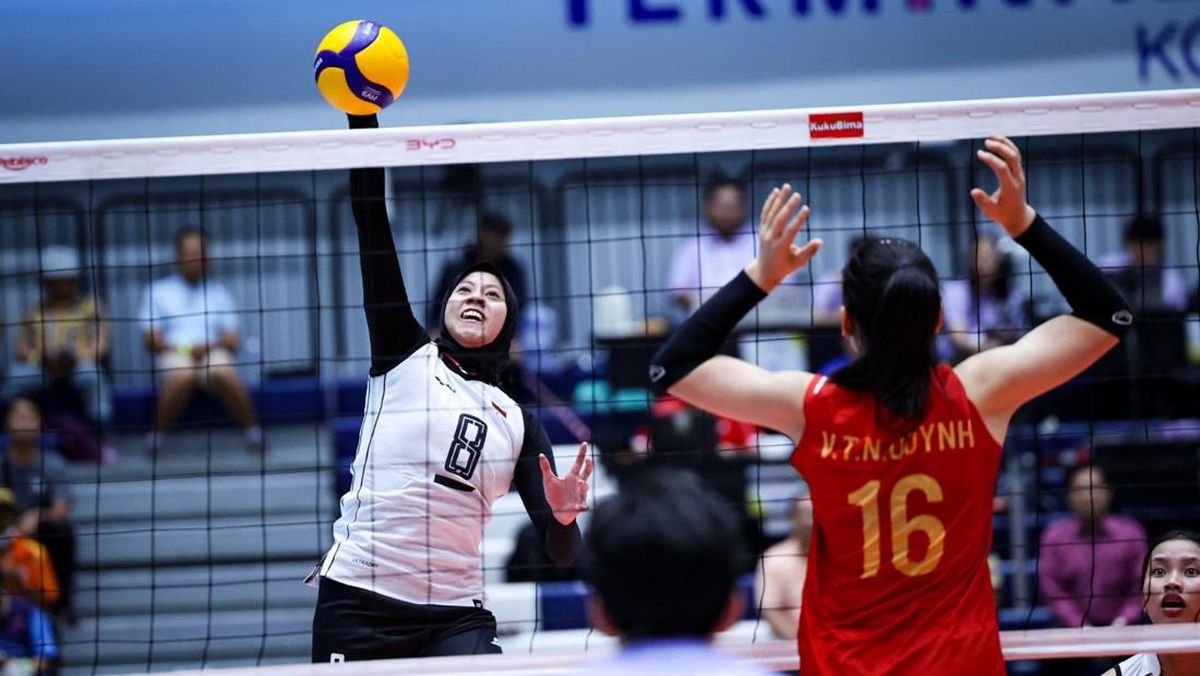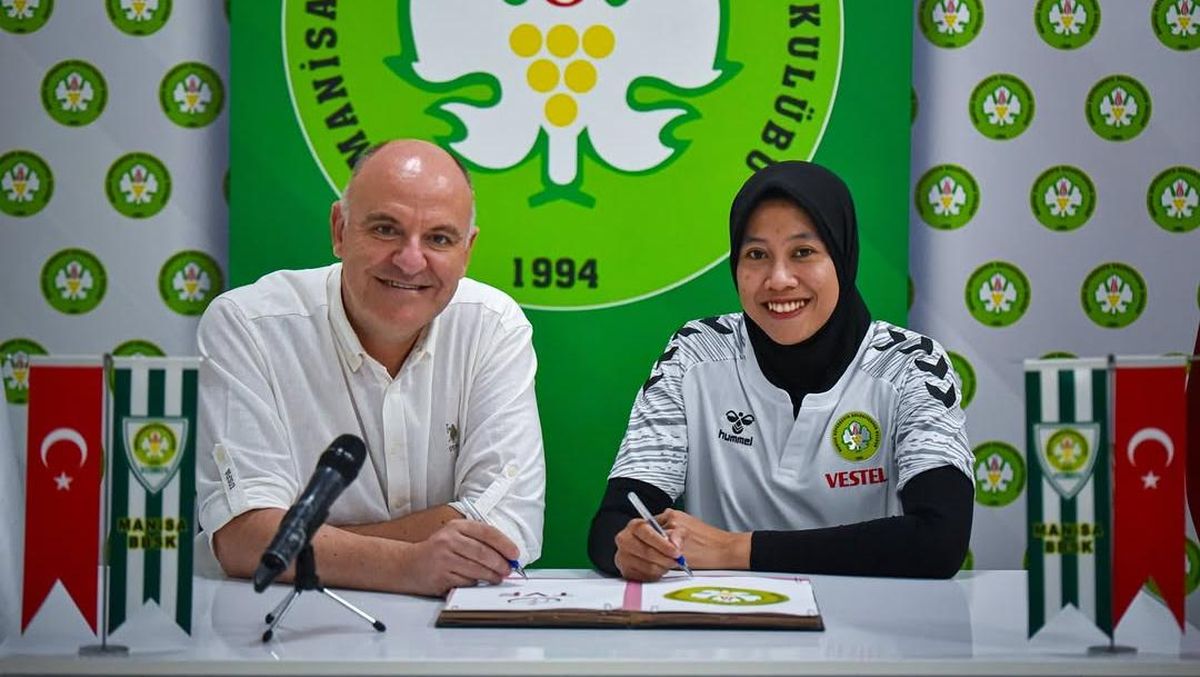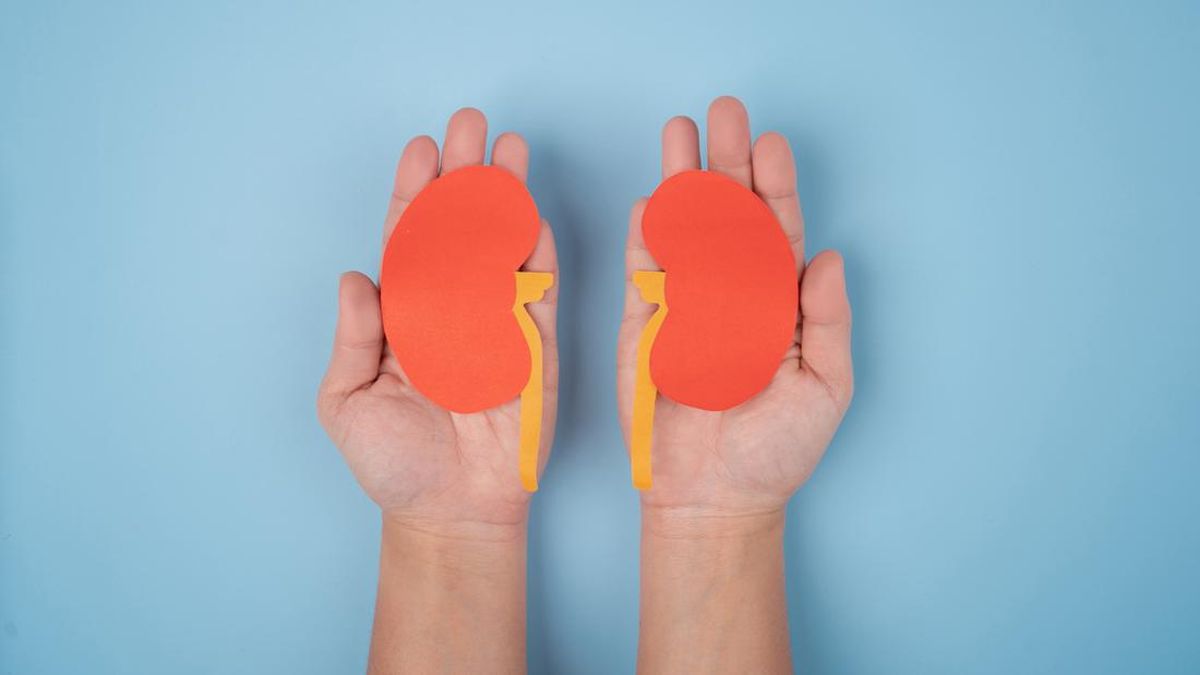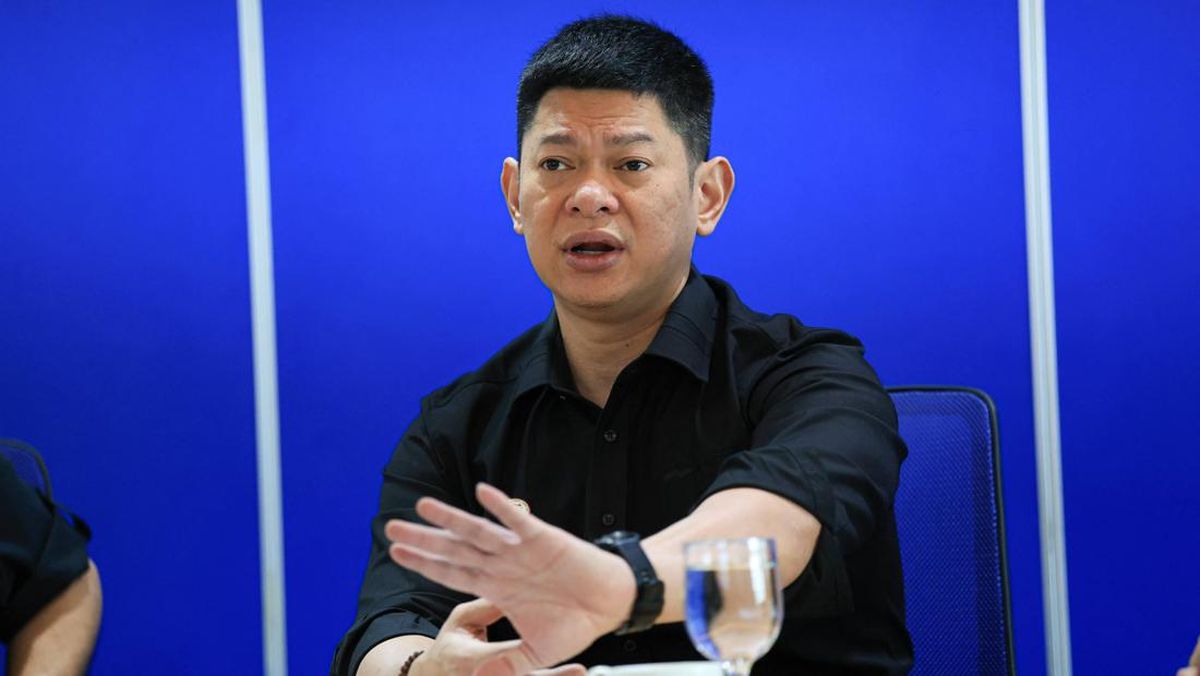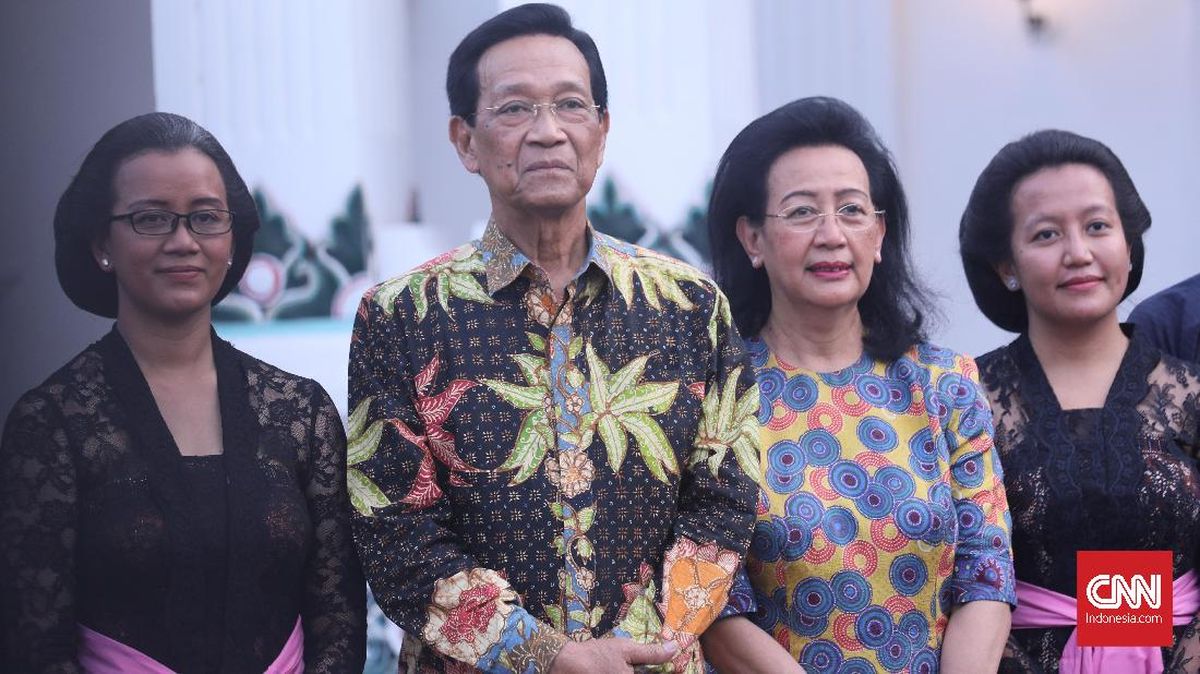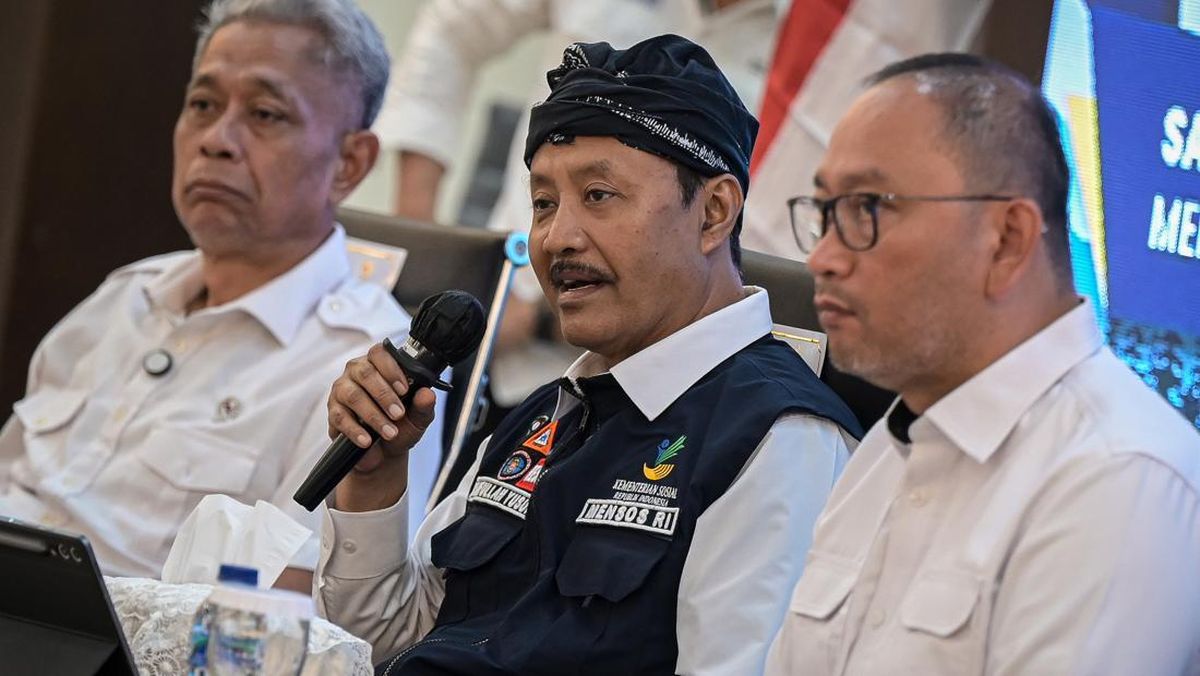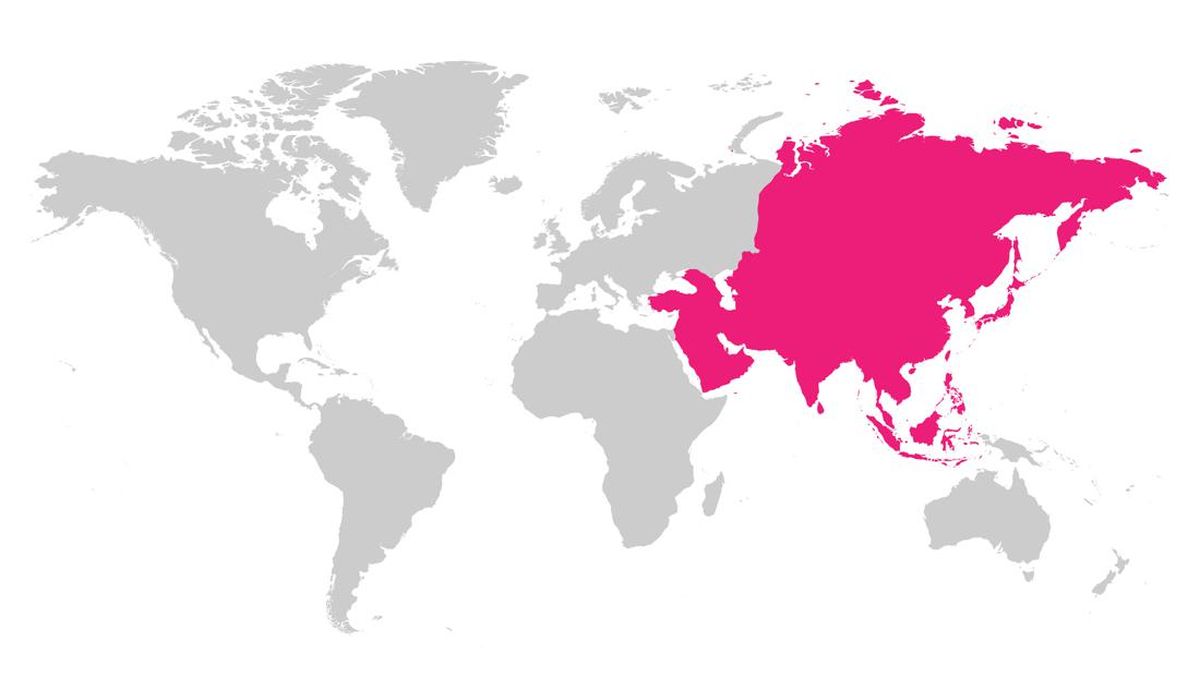Like many artists, Anita Lester regularly enters to the Archibald Prize. The work she submitted of Holocaust survivor Abe Goldberg, though it wasn’t shortlisted for the award for portraiture, would change her life.
After members of the survivor community saw the painting, Lester received many requests from people who wanted her to paint portraits of their parents or grandparents. The Melbourne Holocaust Museum then suggested an exhibition of the works. Called Portraits of Survival, it features 16 paintings, and opened on Tuesday.

Anita Lester (right) with Ester Braitberg, one of the Holocaust survivors whose portrait she has painted for a new exhibition.Credit: Justin McManus
Speaking at the show, Holocaust survivor Ester Braitberg said she was very happy to have her portrait included. “After what I went through, it’s good to see the painting,” she says. “Everybody [who survived the camps] has a different story – it’s a shame that it’s only bad, not good.”
Lester spent hours with each of her subjects before painting them. “Everyone told me how they survived, all of them; you can’t not remember that and have that as part of the work.”
Two had managed to jump off the trains heading towards the concentration camps. Another said her mother had pushed her off a train in order to save her; aged 16, she survived by living in the forest. Some of the survivors had fought in the resistance.
“Every single story, you can’t comprehend it in any kind of modern context. It’s too harrowing,” Lester says. “These survivors feel a responsibility to tell these stories before they leave this earthly plain.”

Sonja Cowan by Anita Lester.Credit: Courtesy of the artist
Abe Goldberg died a few weeks ago and the exhibition is dedicated to him. As Lester listened to his life story, she found out he was born within days of her late grandfather, who died when she was 11. He and Goldberg were the same age, from the same place, and, remarkably, they were in the same concentration camp.
The serendipity of the meeting is not lost on her. “My grandparents were survivors … my grandfather lost everyone except his sister – he came from a huge family – and only found out a few years after the war that she was alive. Whole ancient bloodlines being ripped out, it’s too big for us to think about,” Lester said.
“The truth is I hadn’t really looked the Holocaust in the eye until a couple of years ago.”

Berni Hamserfeld by Anita Lester.Credit: Courtesy of the artist
In 2018, she made a short animated film about her great aunt, who was also a survivor. It’s now shown in many Holocaust museums around the world, including Melbourne’s. Then in 2021, she experienced antisemitism for the first time.
“I hadn’t been openly Jewish,” Lester said. “I wasn’t hiding it but I hadn’t made it part of how I moved through the world. In the music industry, people found out I was Israeli and it became quite awful.
“I had an existential crisis around what is my legacy? What is this weight that I think a lot of Jews feel, it is because of this constant need to move from where we are living.”

The artist Anita Lester with some of her paintings on display at the Melbourne Holocaust Museum. Credit: Justin McManus
She describes it as epigenetic trauma. “That was the beginning of the conversation with myself about what is the Holocaust to me.”
Lester has slowly become a Jewish subject artist. “Our generation, the third generation, now that the survivors are dying, we have a responsibility to tell their stories,” she says. “I want to say to younger Jewish artists, don’t be afraid to tell their stories. We are only 16 million in the world, so someone has to do it.”

A court sketch of Erin Patterson.Credit: Anita Lester
Doing this project was an honour, she says. “Being the painter in the project feels so inconsequential ... I feel like I’m in the service of these people. When the exhibition was hung, I went in and it was weird, I felt them all looking at me and I felt like it wasn’t me who had done them. I just started crying.”
Lester also works as a courtroom artist, producing sketches for media organisations including this masthead. Her evocative drawings of Erin Patterson during the mushroom murder trial went global recently.
Loading
A good courtroom artist needs to bring the public into the courtroom to witness the emotion of the person on trial, she said earlier this year. “You’re actually trying to just capture a feeling or a gesture that might resonate.”
A full-time artist, Lester studied drawing at university and took up painting recently; she also makes films and music. The mother of twin boys, aged 14 months, she completed many of the survivor paintings in the early hours of the morning and late at night.
Lester says the sitters in her survivor paintings, who were aged from their late 80s into their 100s, have had two reactions to their portraits. “Always, the first reaction is ‘I look so old’,” she says, adding they were all shocked by that. “But they are all really happy to be part of the storytelling narrative of this subject because all of them are nearing the end of their lives.”
Portraits of Survival is at Melbourne Holocaust Museum until January 18.


